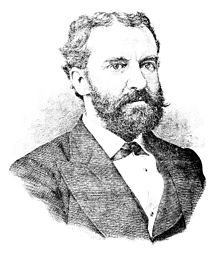
Acoustics is a branch of physics that deals with the study of mechanical waves in gases, liquids, and solids including topics such as vibration, sound, ultrasound and infrasound. A scientist who works in the field of acoustics is an acoustician while someone working in the field of acoustics technology may be called an acoustical engineer. The application of acoustics is present in almost all aspects of modern society with the most obvious being the audio and noise control industries.

A tuning fork is an acoustic resonator in the form of a two-pronged fork with the prongs (tines) formed from a U-shaped bar of elastic metal. It resonates at a specific constant pitch when set vibrating by striking it against a surface or with an object, and emits a pure musical tone once the high overtones fade out. A tuning fork's pitch depends on the length and mass of the two prongs. They are traditional sources of standard pitch for tuning musical instruments.

Sir Charles Wheatstone FRS FRSE, was an English scientist and inventor of many scientific breakthroughs of the Victorian era, including the English concertina, the stereoscope, and the Playfair cipher. However, Wheatstone is best known for his contributions in the development of the Wheatstone bridge, originally invented by Samuel Hunter Christie, which is used to measure an unknown electrical resistance, and as a major figure in the development of telegraphy.

Johann Philipp Reis was a self-taught German scientist and inventor. In 1861, he constructed the first make-and-break telephone, today called the Reis telephone.
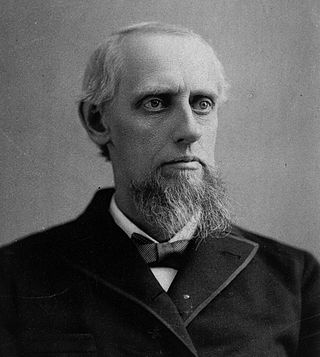
Amos Emerson Dolbear was an American physicist and inventor. Dolbear researched electrical spark conversion into sound waves and electrical impulses. He was a professor at University of Kentucky in Lexington from 1868 until 1874. In 1874 he became the chair of the physics department at Tufts University in Medford, Massachusetts. He is known for his 1882 invention of a system for transmitting telegraph signals without wires. In 1899 his patent for it was purchased in an unsuccessful attempt to interfere with Guglielmo Marconi's wireless telegraphy patents in the United States.

Henry Augustus Rowland was an American physicist and Johns Hopkins educator. Between 1899 and 1901 he served as the first president of the American Physical Society. He is remembered for the high quality of the diffraction gratings he made and for the work he did with them on the solar spectrum.
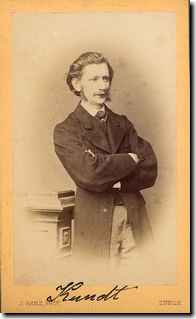
August Adolf Eduard Eberhard Kundt was a German physicist.

The invention of the telephone was the culmination of work done by more than one individual, and led to an array of lawsuits relating to the patent claims of several individuals and numerous companies.

Frederic Ward Putnam was an American anthropologist and biologist.

Violin acoustics is an area of study within musical acoustics concerned with how the sound of a violin is created as the result of interactions between its many parts. These acoustic qualities are similar to those of other members of the violin family, such as the viola.

Eli Whitney Blake Jr. was an American scientist. His father and namesake was an inventor and partner of the Blake Brothers manufacturing firm. The origin of the name Eli Whitney comes from Blake senior's uncle Eli Whitney, who changed the face of the cotton industry with the invention of the cotton gin.
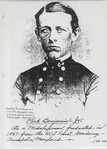
Park Benjamin (1849–1922) was an American patent lawyer and writer. He was born in New York City, graduated at the United States Naval Academy in 1867, resigned from the Navy in 1869, and graduated at the Albany Law School in the following year. He was associate editor of The Scientific American from 1872 to 1878 and subsequently edited Appleton's Cyclopedia of Applied Mechanics and Cyclopædia of Modern Mechanism. He is also famous as the father-in-law of operatic tenor Enrico Caruso.
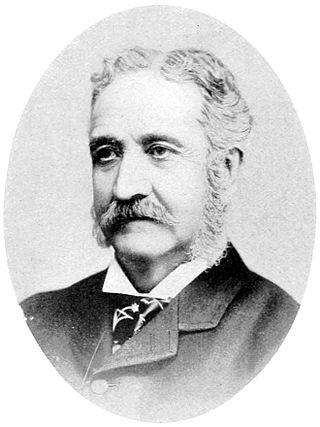
Orson Desaix Munn was the publisher of Scientific American.

The phonomotor or "vocal engine" was a device invented by Thomas Edison in 1878 to measure the mechanical force of sound. It converted sound energy or sound power into rotary motion which could drive a machine such as a small saw or drill. It derived from his work on the telephone and phonograph.
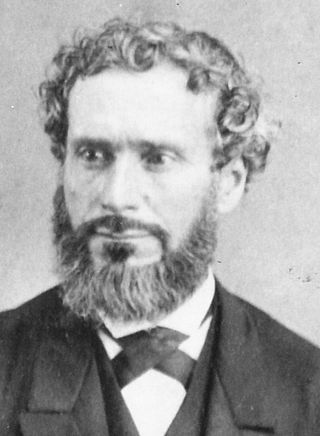
Charles Grafton Page was an American electrical experimenter and inventor, physician, patent examiner, patent advocate, and professor of chemistry.
Henry Wurtz was an American chemist. He graduated from Princeton in 1848, and then studied chemistry at the Lawrence Scientific School of Harvard. In 1851, he became instructor at the Yale Scientific School, and from 1853 to 1855 he was chemist to the geological survey of New Jersey. He was chosen professor of chemistry at the Medical college in Kingston, Canada in 1857, and a year later accepted a similar chair at the National Medical College in Washington, D. C. At the same time he was examiner in the chemical division of the United States Patent Office until 1861. Later, Prof. Wurtz moved to New York.

Henry Bradford Nason was a United States chemist.

Francis Eugene Nipher was a United States physicist.
Brantz Mayer was an American author, lawyer, and historian. In 1844, he founded the Maryland Historical Society, which is today the oldest cultural institution in the U.S. state of Maryland.

William Stebbins Barnard was an American biologist.
